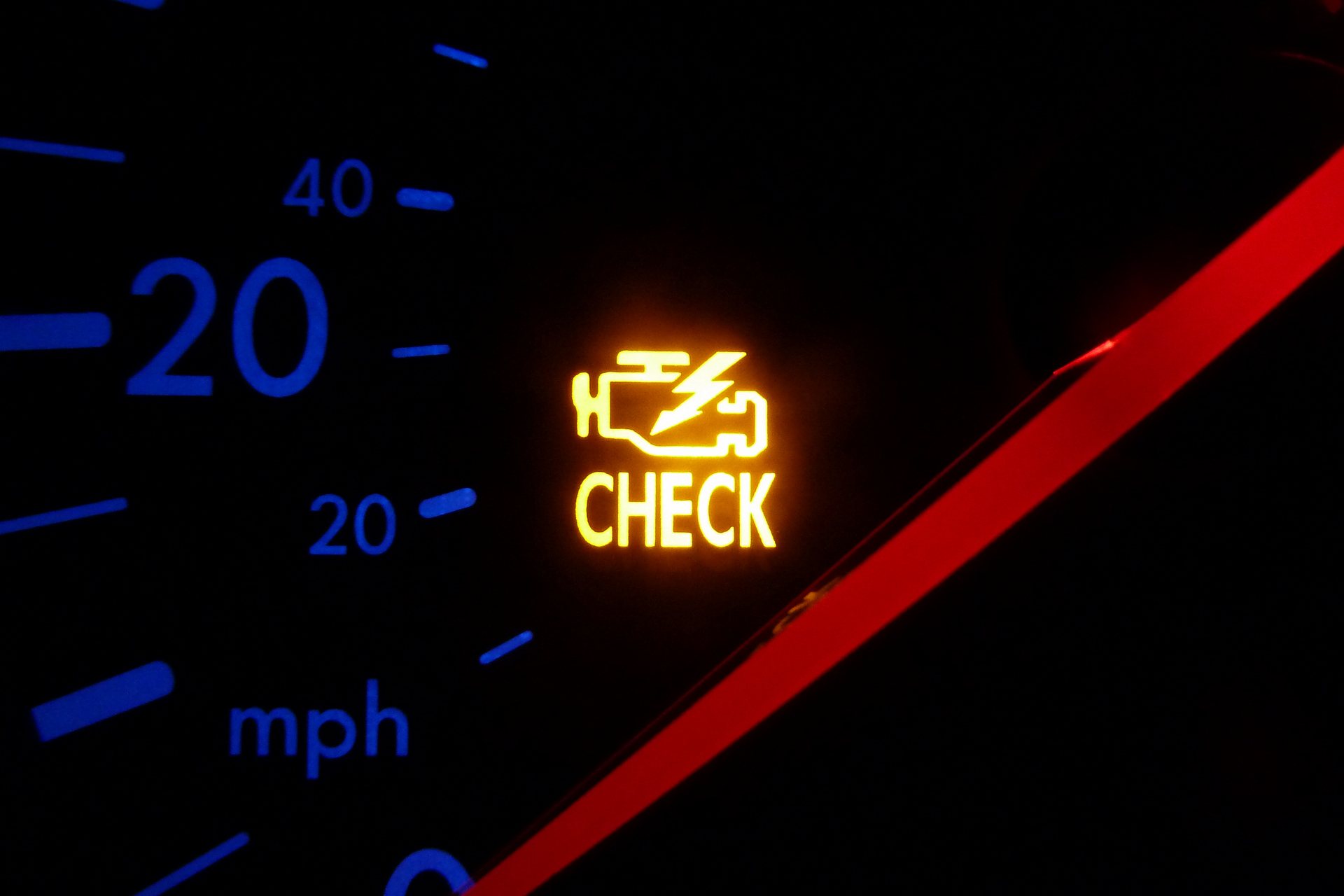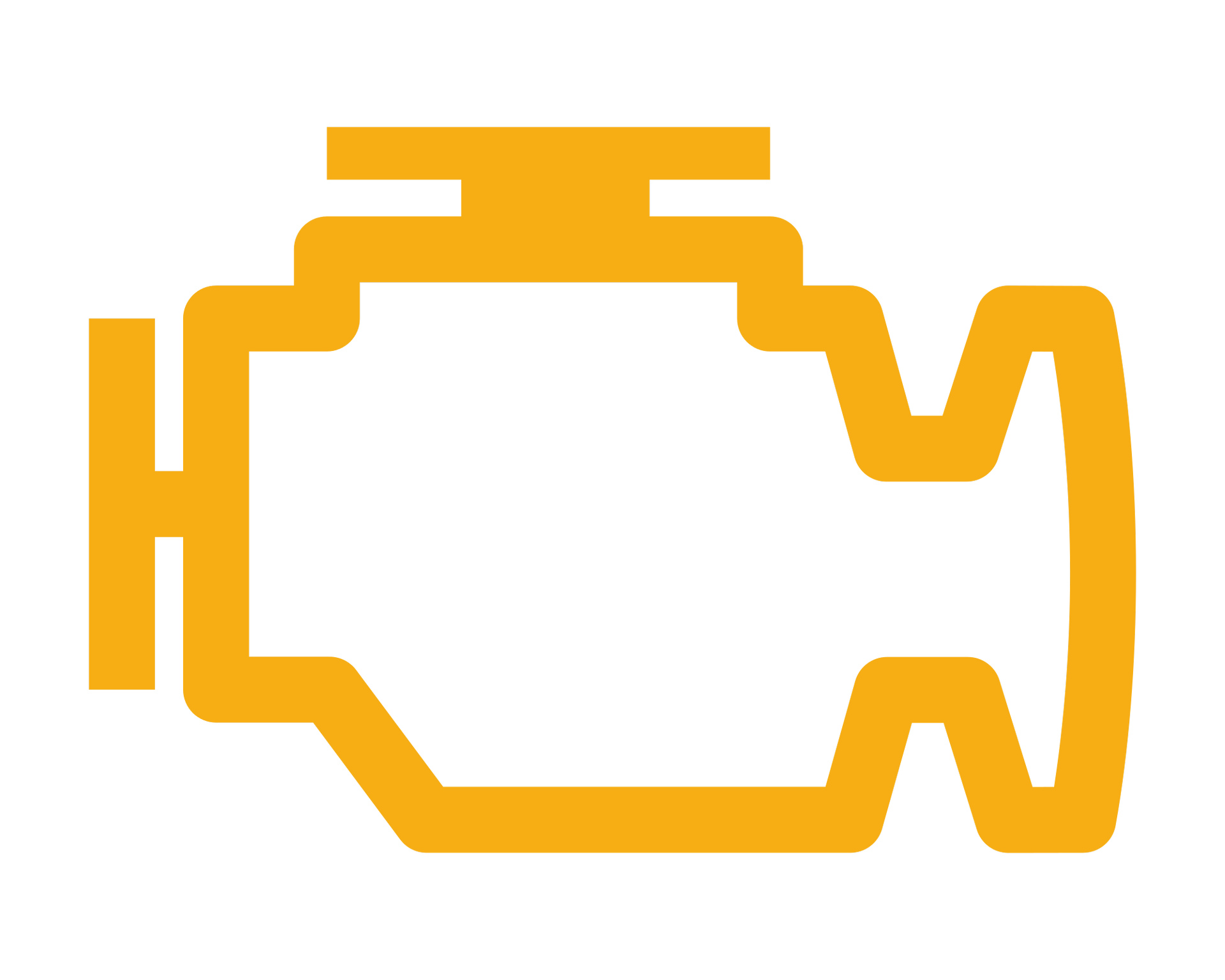The most fearsome and dreaded indicator of them all – a little light on the car’s dashboard that indicates… what exactly?
What is it?
The check engine light comes on when the car’s diagnostic system detects a problem – any problem at all, from a loose gas cap to a seriously damaged engine. The indicator itself doesn’t tell much, though. Of course, it is not a good idea to ignore the warning. The best way to handle it is to understand what could it mean and what can you do about it.
What Could it Mean?
If the check engine light flashes briefly, it means that your vehicle has experienced a temporary problem. Don’t worry, it is not a reason to alarm. If the light stays on, however, that’s a warning sign that means you should inspect your car. And if the light flashes constantly (or changes the color from yellow/orange to red on some cars) – the situation is really bad. You need to stop the car as soon as possible or lower your speed because it has experienced a serious malfunction. Driving with flashing check engine light could cause further damage to the car and even lead to a life-threatening situation.
What Should I Do if a Check Engine Light Comes On?
Firstly, don’t ignore it. If your car is still under warranty, the best you can do is take it to the dealer right away. All matters should be covered. Otherwise, if anything goes wrong and the dealer sees that the owner ignored the check engine light for a long time it’s a perfect reason to void the warranty on the damaged parts.
Without warranty, you have three other options – inspect the car yourself, take it to a service, or identify the problem with specialized hardware/software. While the first one suggests that you have some experience in car mechanics and the second one can be the huge waste of time and money, the third option is relatively easy to complete, if your car has OBD-II system (“OBD” stands for On-Board Diagnostics).
Since 1996, all cars sold in the United States have been required to have OBD-II. Likely, there is a strange connector under your dashboard that looks like it belongs to a gaming system – that’s OBD-II port. If you connect to it with a specialized “scan tool” or use a laptop and some specialized software (there are few), you will be able to scan the fault code from the OBD-II system. This code will tell you, why a check engine light comes on. If the identified issue will be a hard nut to crack by yourself, knowing the source of the problem will nonetheless reduce the cost of maintenance. Prices for “scan tool” and software range from about $40 to several hundred, depending on the features.
Remote Diagnostics
While most ODBs don’t support remote diagnostics, some of them do. It is already a feature of OnStar communications system that can be found in cars produced by General Motors since 1997. When the check engine light goes on, a driver with an active subscription can notify an OnStar representative, who can read the trouble code and provide advice.
Some states are considering an advanced OBD system that would have a similar feature. It will significantly ease the question.








































